What is Ichimatsu Doll?
Ichimatsu doll is a kind of Japanese dolls. One of the most popular designs is a little girl with bobbed hair wearing a traditional Japanese Kimono while there is also a male version. Each Ichimatsu doll is the right size for little girls to hold. The face of the doll is white and has large dark eyes. The body part of the Ichimatsu doll is made from a piece of timber or clay.
It has been loved by Japanese children as play dolls from the Edo period. Ichimatsu Sanogawa, a popular Kabuki actor for his beauty in the Edo period, inspired people to create the Ichimatsu doll.
Now, the Ichimatsu doll is not only regarded as a play doll but also as a traditional craft. It is one of the most famous dolls in Japan. There are so many collectors worldwide.
Ichimatsu dolls were exhibited at the World Expo in Paris (1855). It is said that these dolls influenced the bisque doll. The bisque doll has been appreciated since the 18th century in Europe. Its shape was initially a lady’s figure because it’s used as a small mannequin, which tells the latest fashion for noblewomen. And then, Ichimatsu doll, which was enjoyed as a play doll for children, appeared from Japan in the World expo.
After that, the Bebe doll (a doll that looks a child the ages of 6 to 7) was produced in Europe. There are several theories about the relationship between the bisque doll and the Ichimatsu doll. But if we believe it, we’d like to say that traditional Japanese craftwork was the trigger which gave the new role to one of the European cultures.
Here we introduce one of our Ichimatsu doll products. You can enjoy its history quickly and see how it moves. Please check the video below.
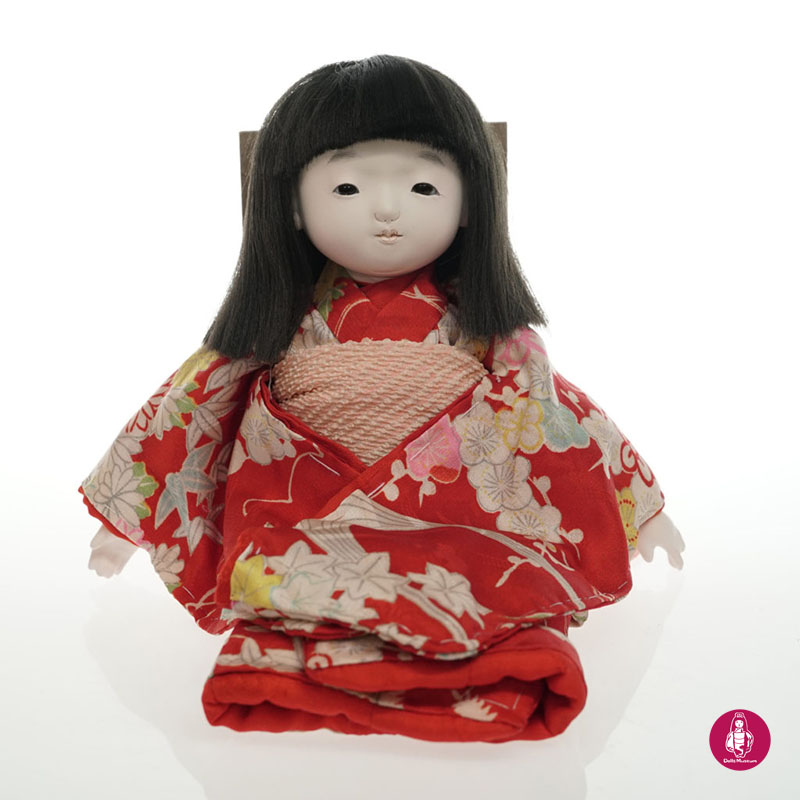
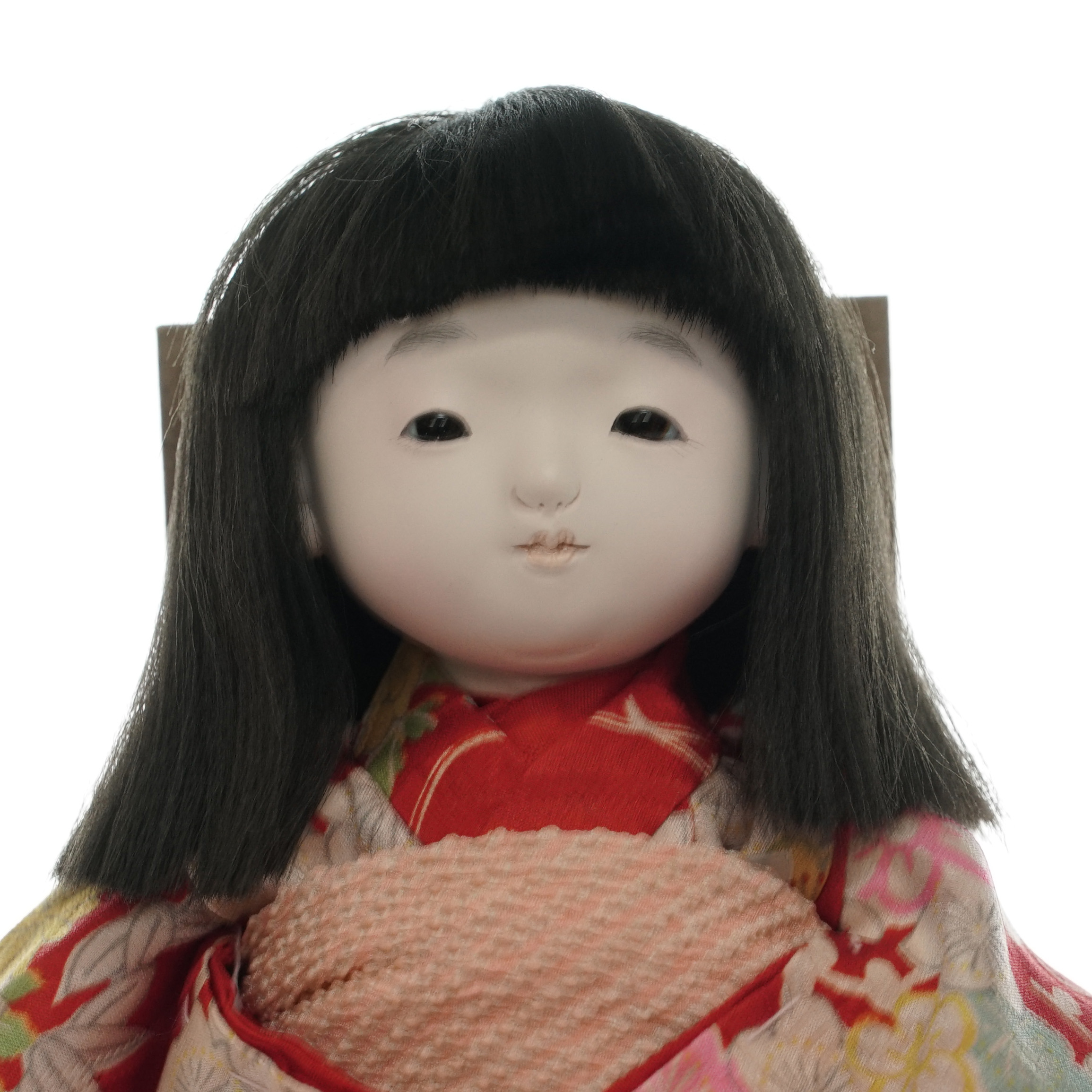
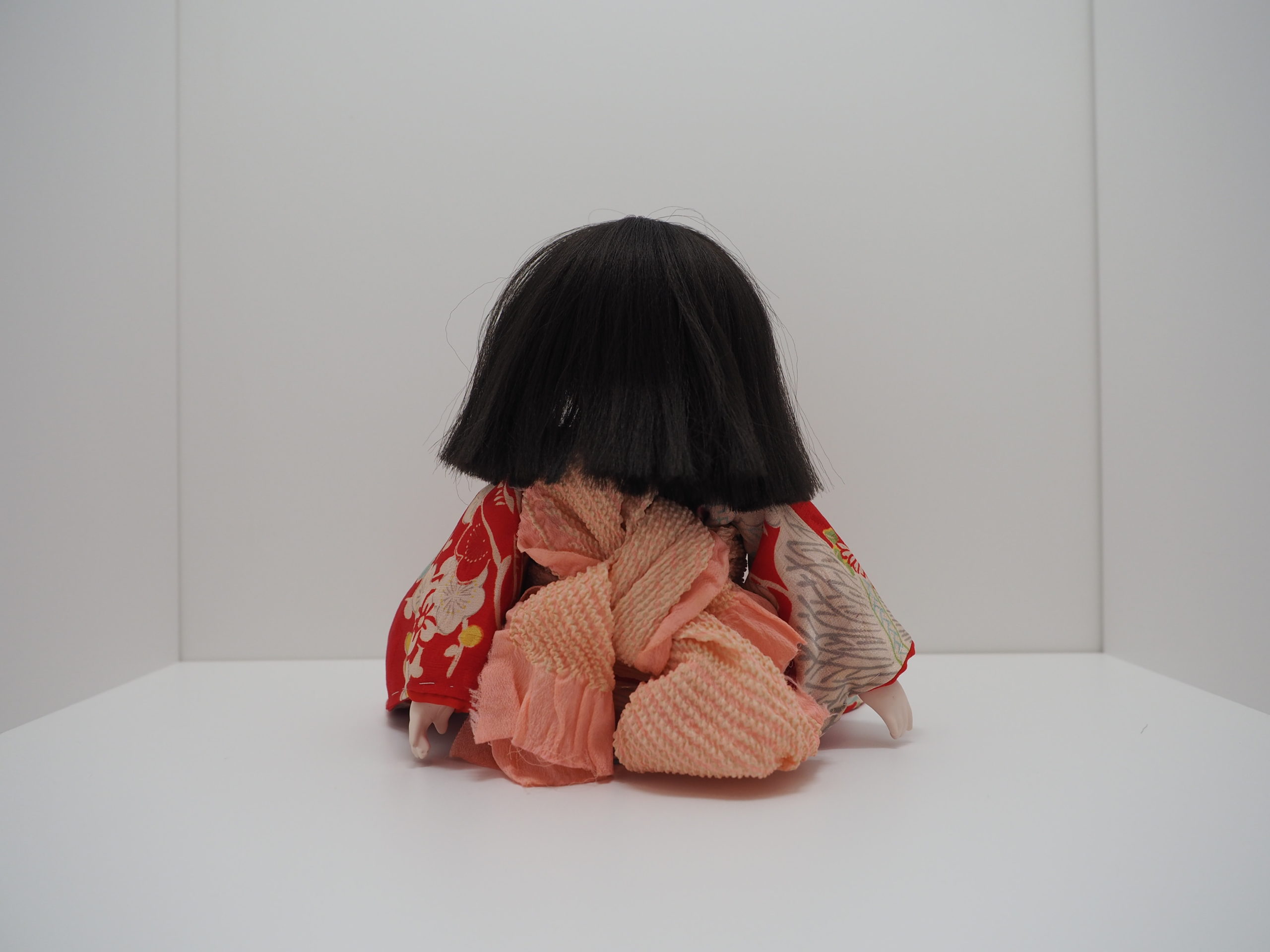
Maker
The fourth-generation Shokensai Touko,(autonym: Ryo Iwamura) is a traditional Ichimatsu dollmaker in Ichikawa city, who adopts a traditional way of using gofun(a kind of pigment) and glue. He is the son of the third-gen Shokensai Touko and his grandfather is the first Shokensai Touko, who took part in creating friendship dolls.
When we trace Shokensai Touko Family’s genealogy, we will arrive at its origin; Ogata Kenzan. He is Ogata Kourin’s brother, who is a very famous artist even today. They established a pottery style that was named Kenzan-style.
The 6th Kenzan, Miura Kenya, worked actively as a shipbuilder during the Bakumatsu period(1853-1868) in the Sendai domain.
After that, he created a new pottery style that is called Tsutsumi Yaki. He also produced Kenya Bina, Hina doll made of ceramic. Hina doll is a human-shaped doll and is one of the most famous Japanese dolls.
Hiromoto Kenzui became an apprentice of Miura Kenya. And he gained knowledge and improved techniques not only about pottery but also wood carving and doll making.
The first Touko learned from Hiromoto Kenzui, and their traditional technique has been inherited by the second, third, and fourth today.
So that is why Shokensai Touko’s dolls have historical and artistic values. We hope that you can resonate with how valuable their dolls are.
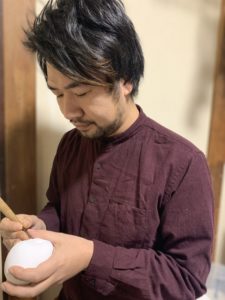
He has a wide range of works producing, repairing the Ichimatsu doll, and making of Kimono (traditional Japanese costume) for the Ichimatsu doll. He is also engaged in selling his works or does workshops in all parts of the country.
Today, it is common that Ichimatsu dolls are made from vinyl chloride, plastic, or gypsum for mass production. However, Shokensai Touko is particular about making dolls with Touso-Gofun. Touso is the clay made of paulownia powder and Shouhunori (one type of adhesive). Gofun is the white-color pigment made of seashells.
Now, there are only two families who are specialized in Ichimatsu dolls that continue for generations nationwide. He is trying a multifaceted approach every day to convey the charm of Ichimatsu dolls to new generations.
Ichimatsu doll, handmade by craftsman, may have a fateful encounter. Shokensai Touko Ichimatsu dolls’ Obi (sash worn with a Kimono) is about San-Jaku(35.4 inches~41.3 inches) long so that many of his dolls are dress-up dolls. It’ll be nice to change cloth into a Yukata (a kind of Kimono for summer) or other types of Kimonos.
If you like to know how Ichimatsu doll is made, please watch this video billow. It’s guided in Japanese but you can enjoy the process of Ichimatsu doll by Shokensai Touko.
Trivia of Ichimatsu doll
~Tourei-Ningyou and blue-eye dolls~
After the Russo-Japanese War, there was growing political tension between Japan and the U.S. in terms of advancing in China. American missionary Sidney Lewis Gulick was worried about this conflict, so he worked on goodwill activity between them through dolls.
On March 3 (the Doll festival Day in Japan) in 1927, 12,739 blue-eye dolls arrived in Japan from the U.S. These dolls were given to kindergartens and elementary schools. After that, 58 Ichimatsu dolls were made as return gifts based on fund-raising. It was named Tourei-Ningyou and sent to the U.S. in the same year.
Some of these dolls had been produced by the maker who later became a living national treasure of Japan. The first Shokensai Touko also made the Ichimatsu doll for that. Unfortunately, lots of blue-eye dolls were destroyed during the Pacific War, and it only rests 334 dolls. Certain Tourei-Ningyou came back to Japan in recent years. Shokensai Touko repairs and restores many of them.
How to enjoy Ichimatsu doll
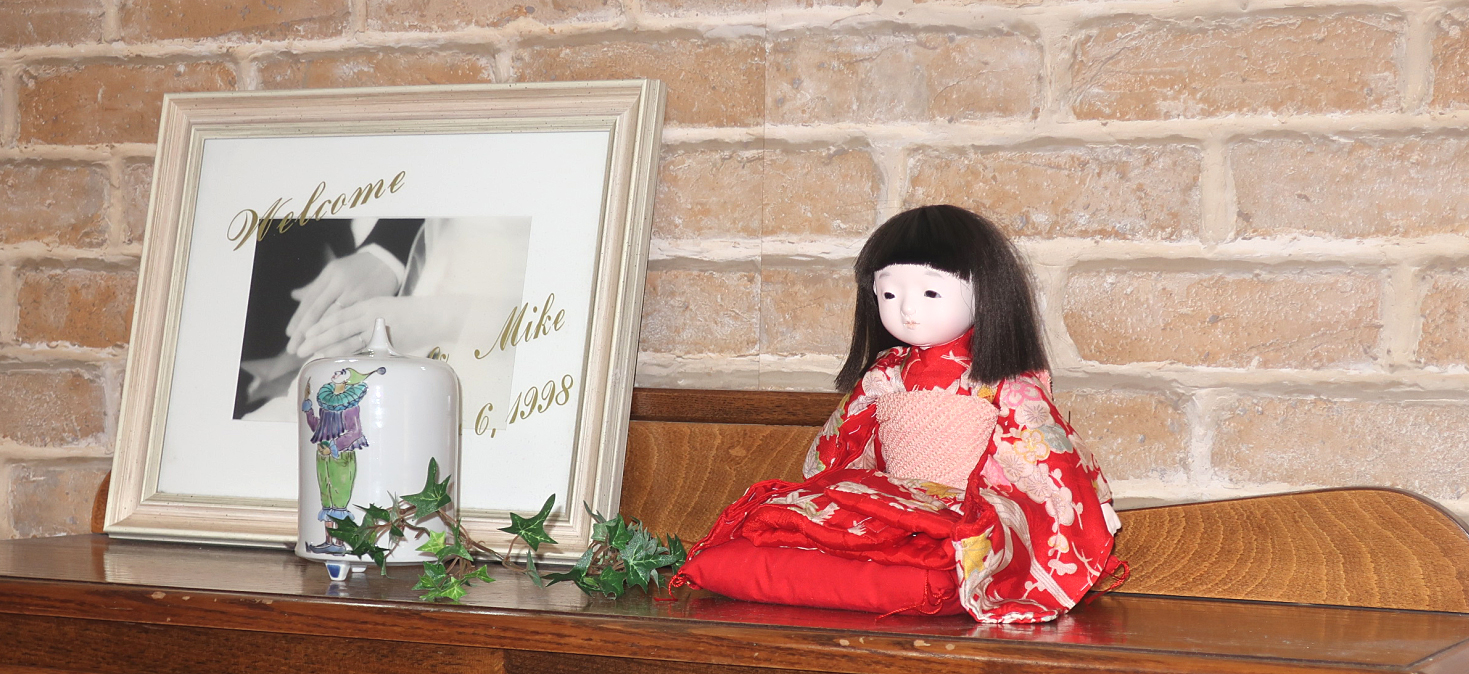
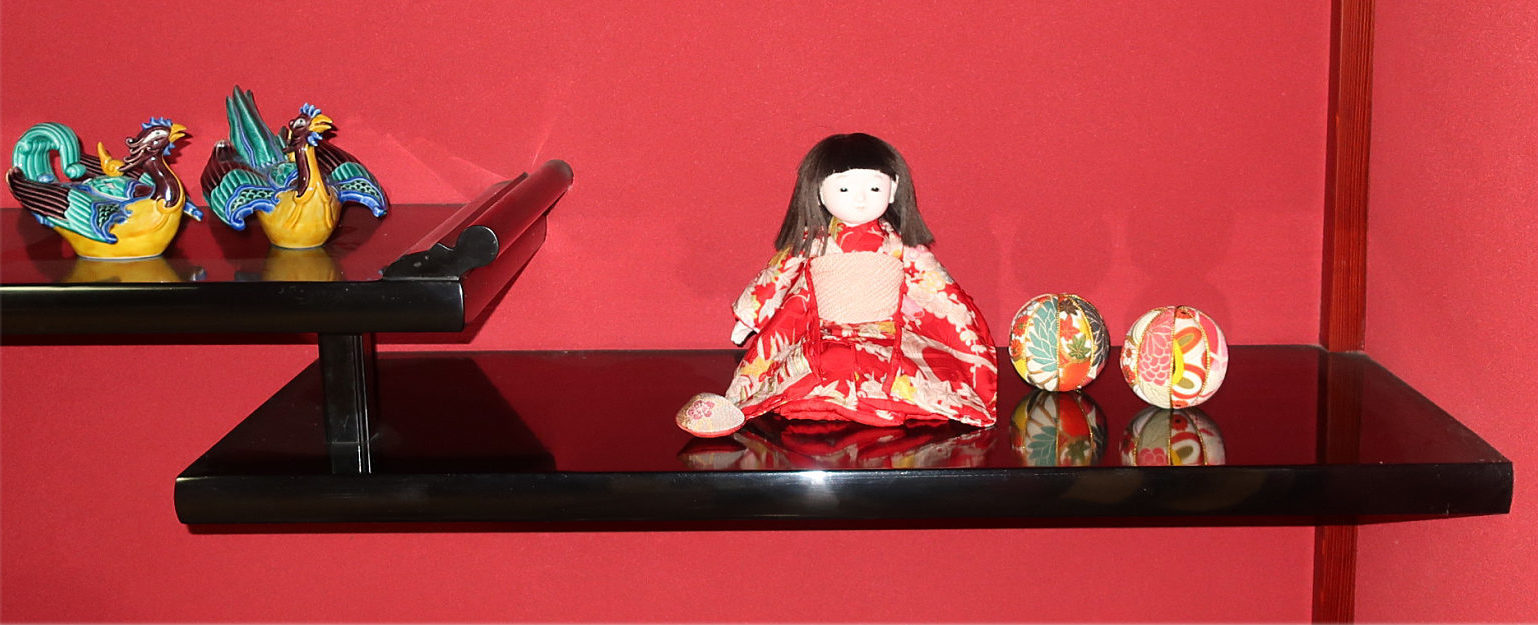
*images for decoration
◇Enjoy as an interior decoration
~Display with Hinadoll~
March 3rd is the Doll Festival day in Japan when we wish girls’ growth. Ichimatsu dolls are displayed with the Hina doll (traditional Japanese dolls displayed for the Doll Festival) in some regions. Also, there is a custom that parents or grandparents give Hina doll for the eldest daughter and Ichimatsu doll for the second daughter and other daughters who were born later. Generally, Ichimatsu doll or Gogatsu doll (dolls for the Boys’ Festival) are given as a present by maternal grandparents. But nowadays it is common that paternal grandparents give these dolls to their grandchildren. This type of Ichimatsu dolls are called “Odemukae Ningyo”, Odemukae means welcome, and Ningyo means doll. Odemukae Ningyo meets Hina doll and Gogatsu doll who will come from maternal parents’ house. That’s how Ichimatsu doll is treated as welcome doll. Ichimatsu dolls have the role that it will protect children from misfortune. It is believed that the Ichimatsu doll will become a substitute for children. So, it’ll be a worthwhile interior decoration which protects your child eternally.
◇Enjoy changing clothes
Today, there are Ichimatsu dolls, which cannot be changed its clothes. However, the traditional type of Icimatsu doll is appreciated as a dress-up doll. It is one of the characteristics of the Ichimatsu doll. For example, it will fit the season that you exchange your Ichimatsu doll’s Kimono (traditional Japanese costume that Ichimatsu doll usually wears) with Yukata (informal cotton Kimono) in summer. Ichimatsu doll was made based on the famous Kabuki actor’s look in the Edo period. At that time, it is said that not only girls/ladies but also wealthy men enjoyed changing clothes of Ichimatsu dolls.
◇Learn about Japanese style costume
As mentioned above, Ichimatsu doll can be dressed up so that it was sometimes given to children to learn how to stitch Kimono. In addition, after they made Kimono, it will be a good opportunity for them to know how to wear it and to gain knowledge about the traditional costume.
Free wrapping is available
If you like to send this item as a gift, please feel free to ask us. You can choose one of three wrapping papers (①pink ②deep pink ③white), please check the image below and write its number in the order note.
Also, if you like to attach a short message card to your gift, it’s our pleasure to accept it. We can put the receiver’s name on the message card too. (Ex. Thank you! / For you / Happy Barth Day / Happy Wedding Day etc.)
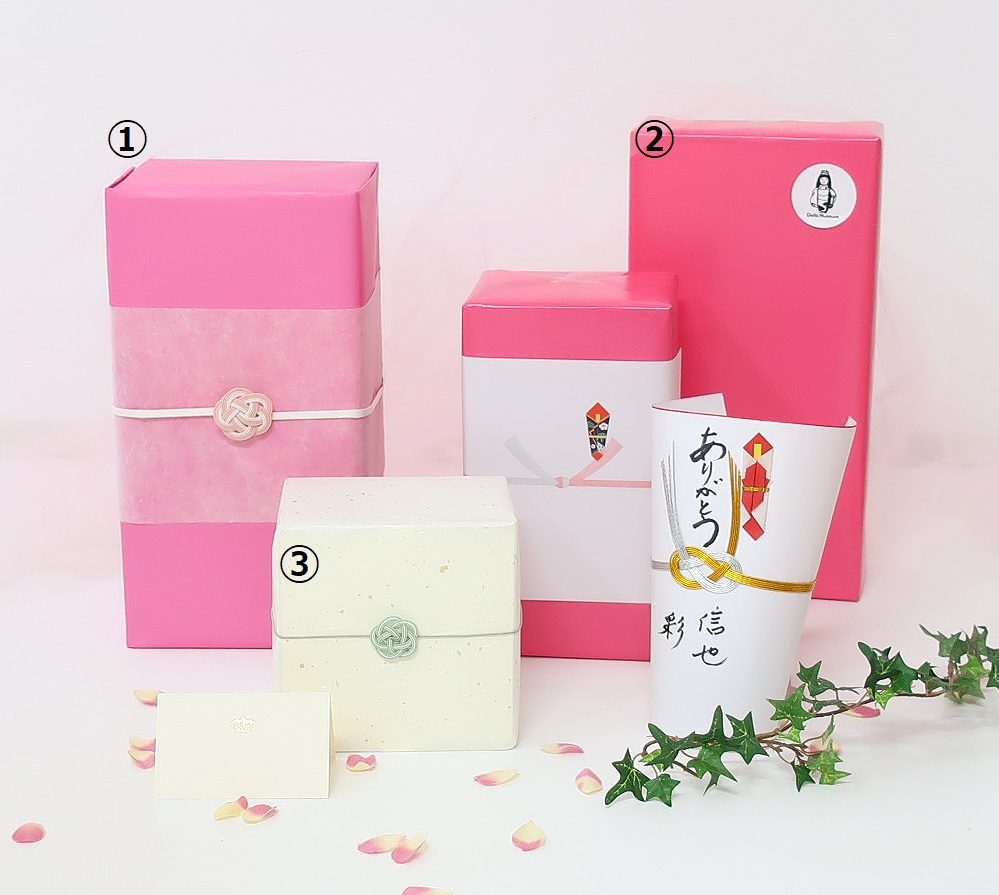
About us

Dolls Museum is located in Kanazawa city, Japan exhibiting more than 600 traditional Japanese dolls. We display various types of Japanese dolls, such as ICHIMATSU Dolls, Hina Dolls, Kokeshi Dolls, all of which are adorable and great to see in person. We are also handling newly handcrafted Japanese dolls at our gift shop. Now, due to popular demand, we have started to sell our items online. Thank you so much for checking our listed items.
Payment method
We accept payment through Stripe(Credit card), PayPal, both of which are secure payment methods. If you prefer other payment method, please contact us. After confirming your payment, we will apply for an export permit. You may either pay in JPY or USD. The price is set in Japanese Yen. Prices in other currencies are automatically calculated based on the latest exchange rate.

Shipping duration
We normally ship via EMS (Express Mail Service) provided by Japan Post. It usually takes at least 5-14 days to deliver the package after you place an order. We offer Free International Shipping as long as we can ship your order by EMS. If you prefer other shipping carriers, please contact us.
We will inform you of the order’s tracking number via email. Please make sure you fill out your valid email address correctly.
*Please keep in mind that due to the spread of COVID-19, there might be possible delays in delivery. If you like to make sure if EMS shipping is available to your country, please contact us.

Would you like see some more Ichimatsu doll for sale? Please check the link below. We hope you can find your favorite Ichimatsu doll.
https://www.dollsmuseum.jp/shop/product-category/ichimatsu/

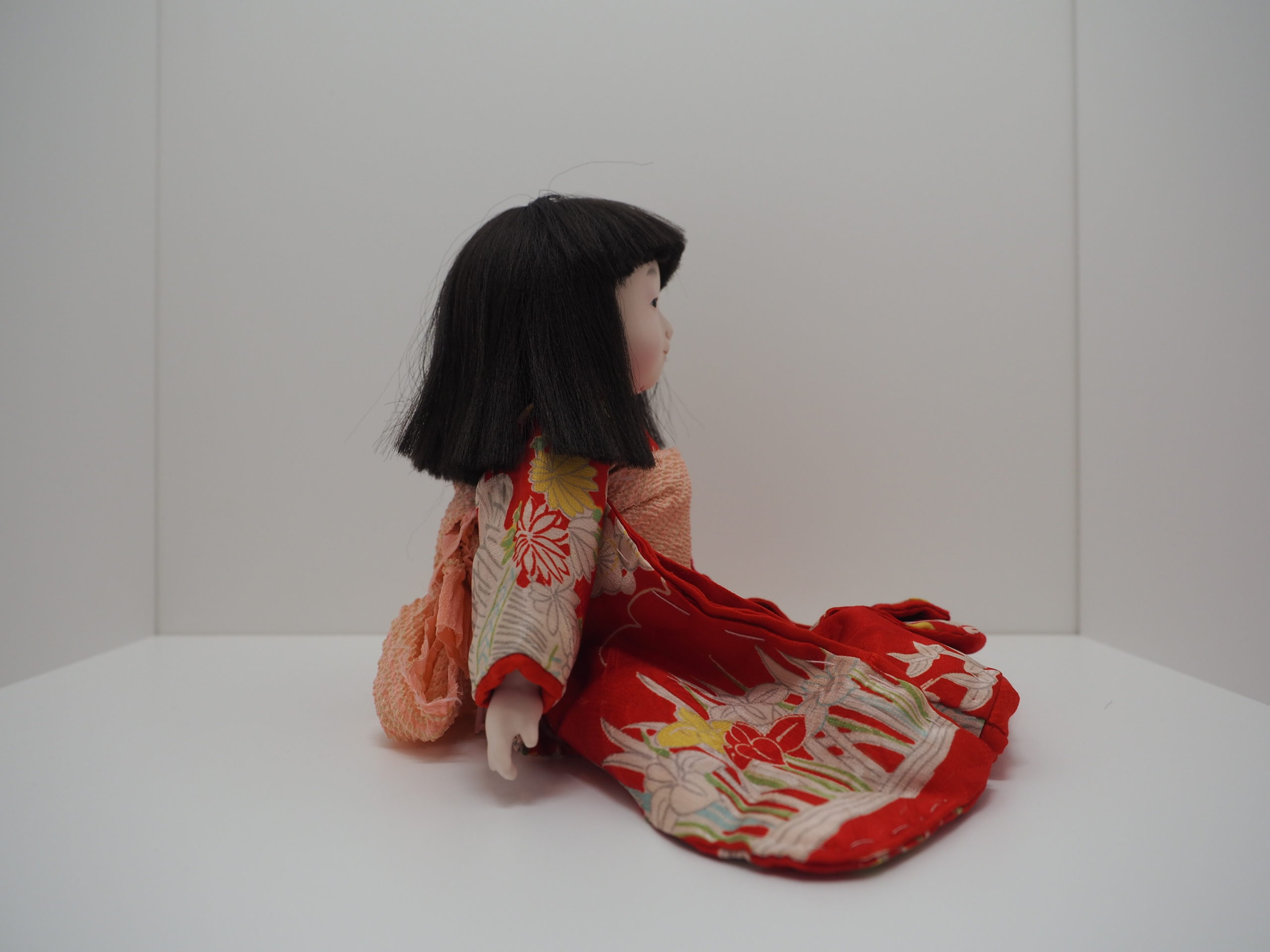
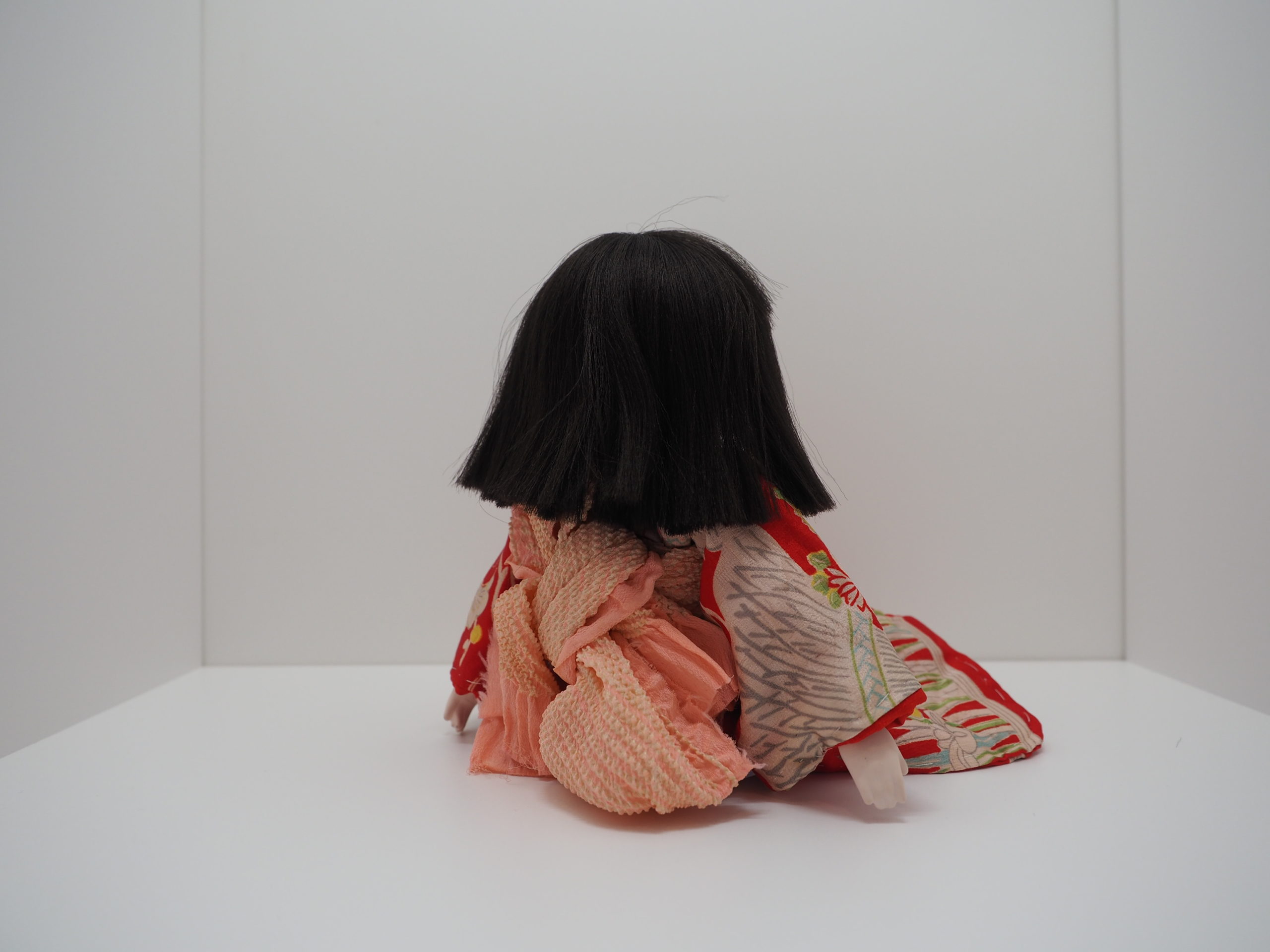
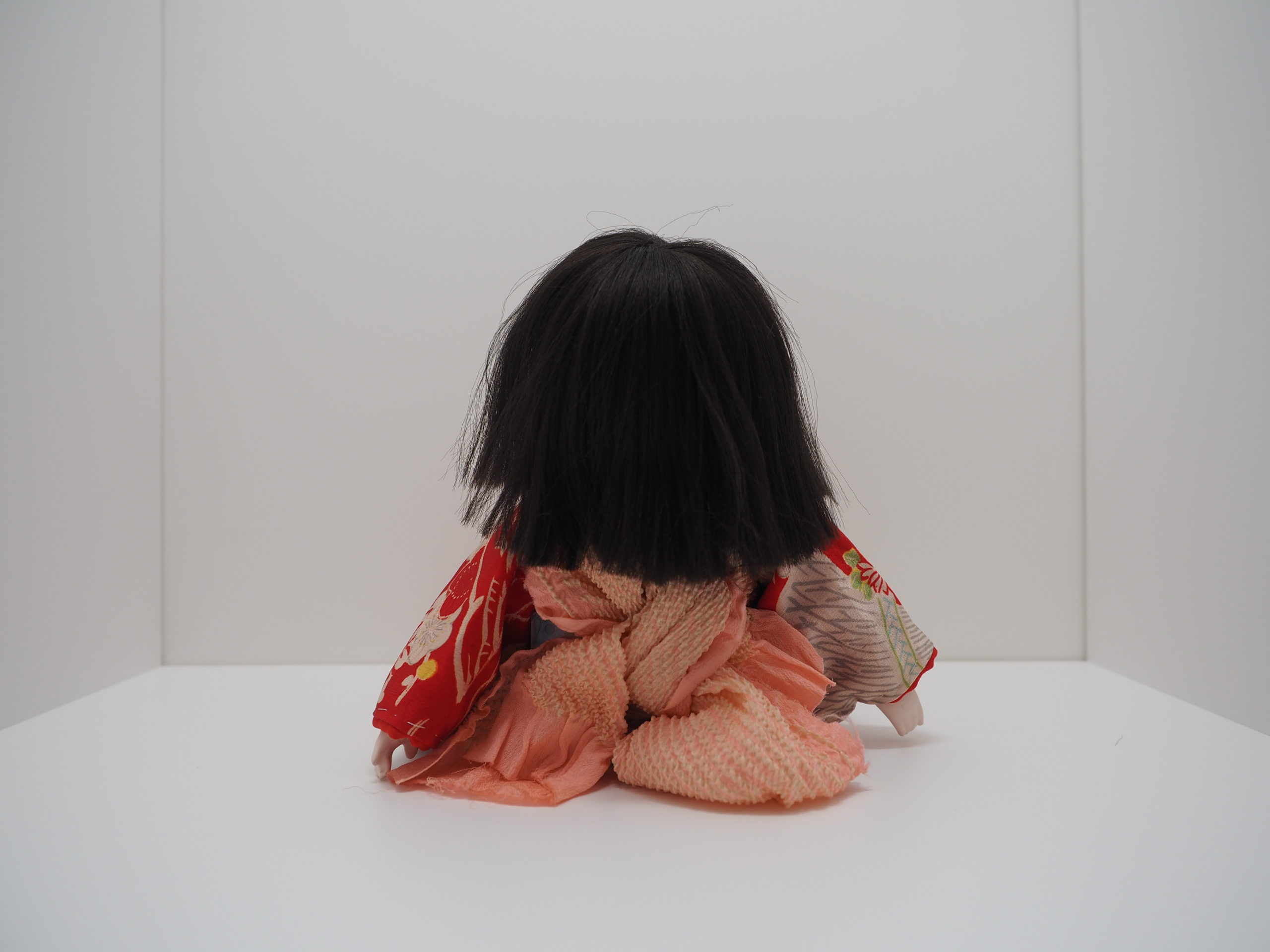
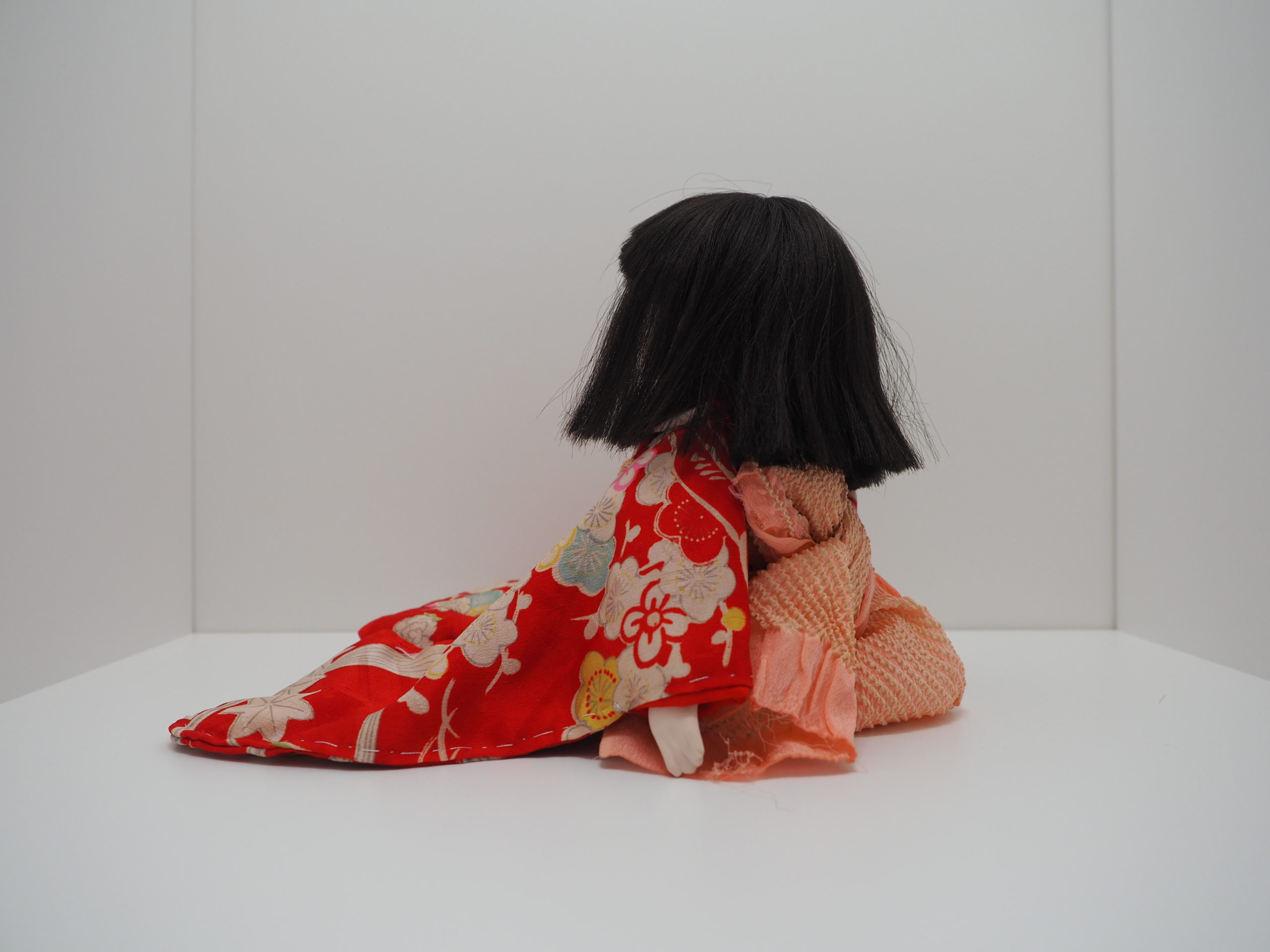
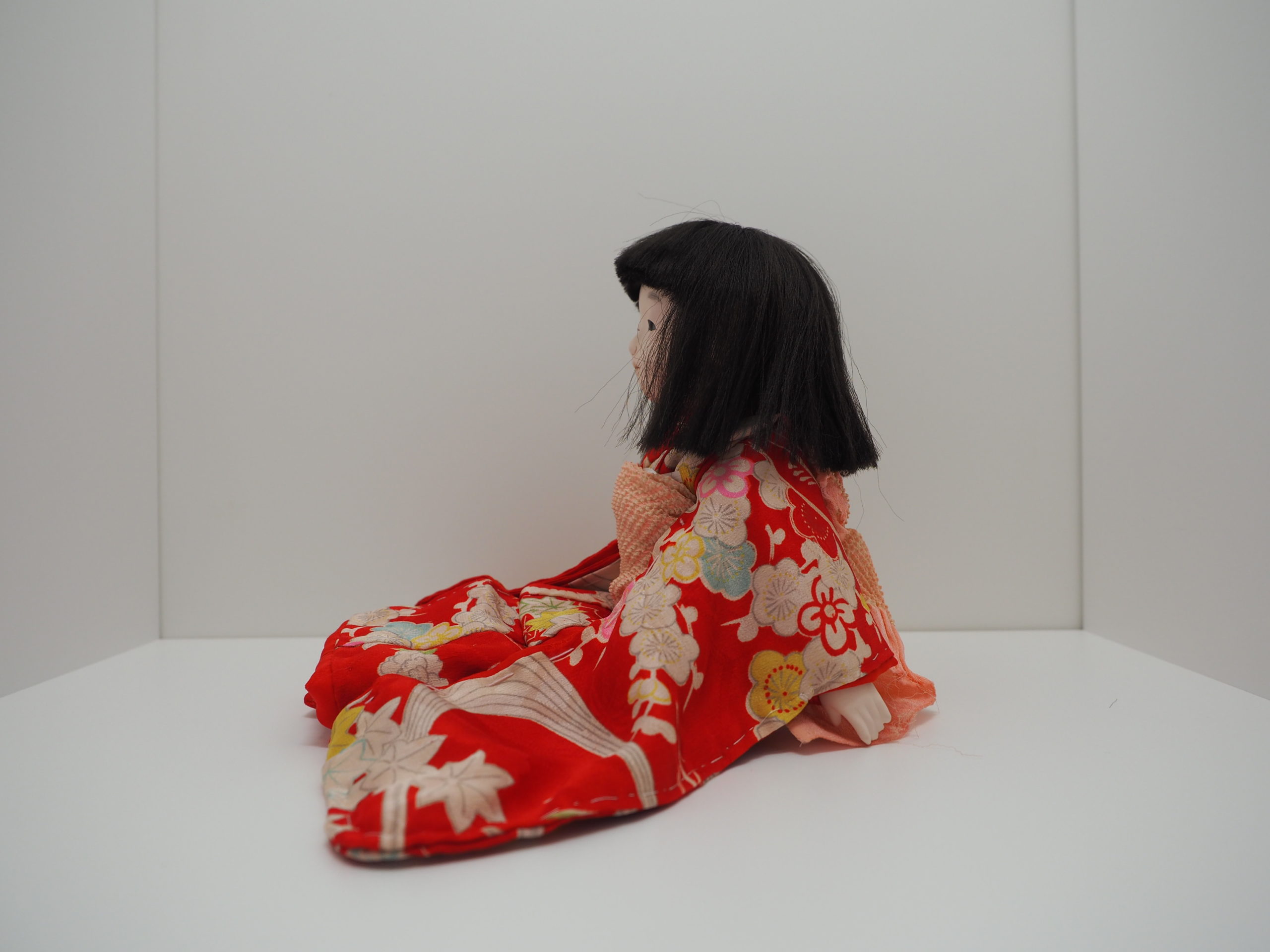
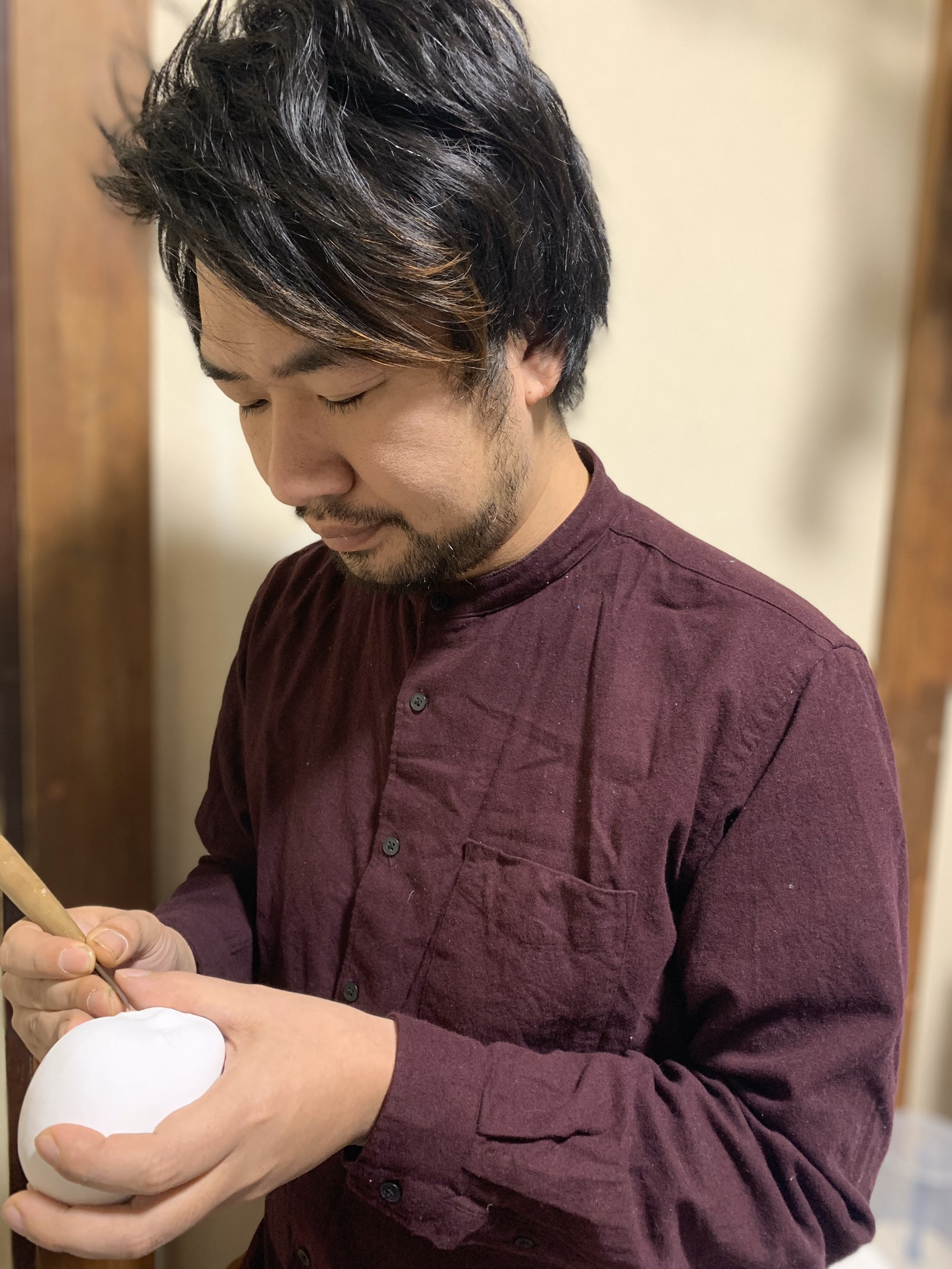
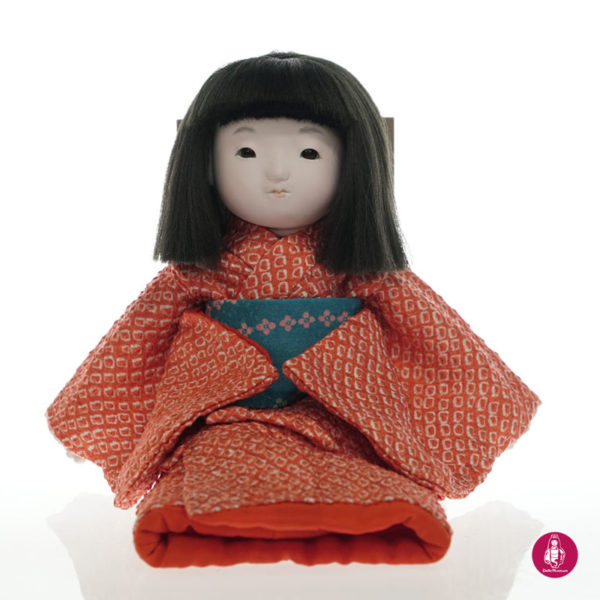
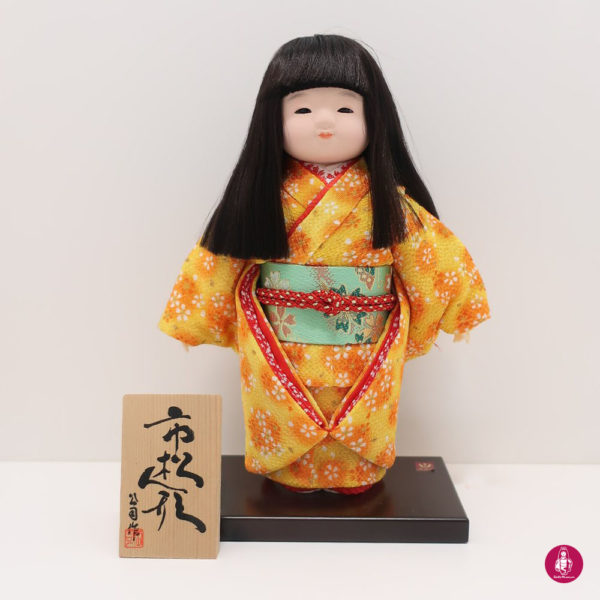
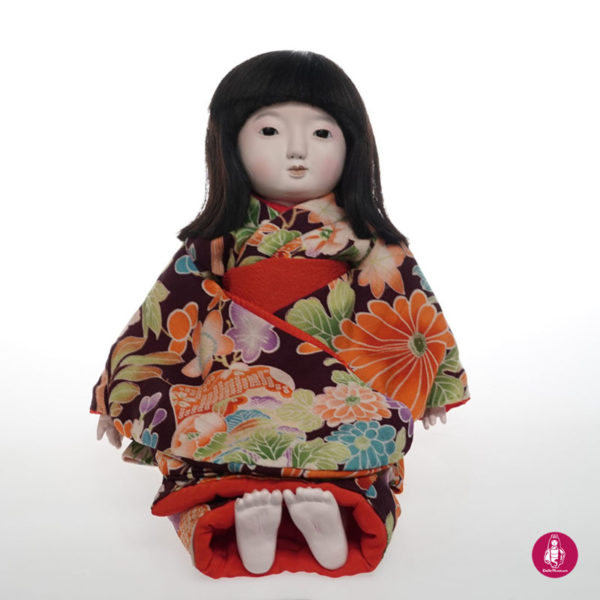
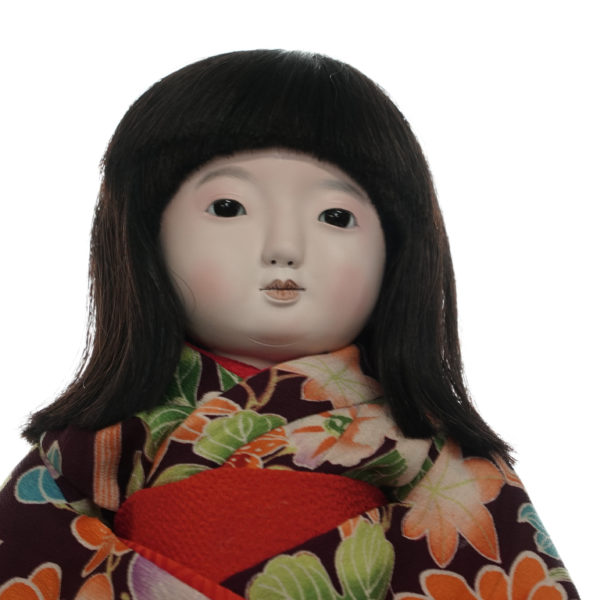
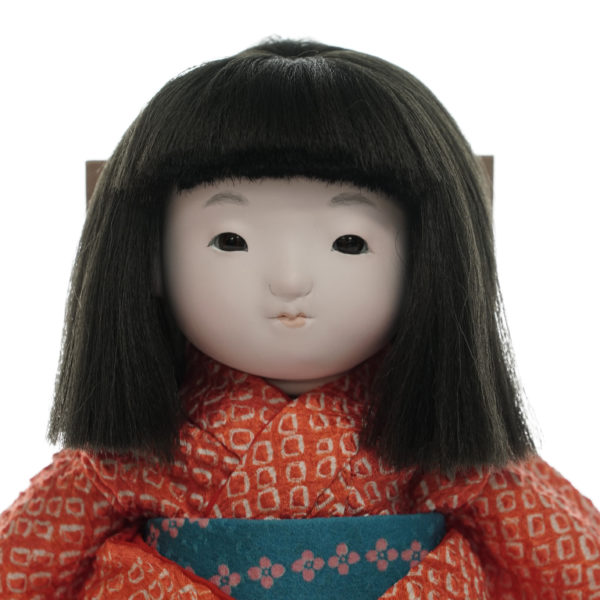
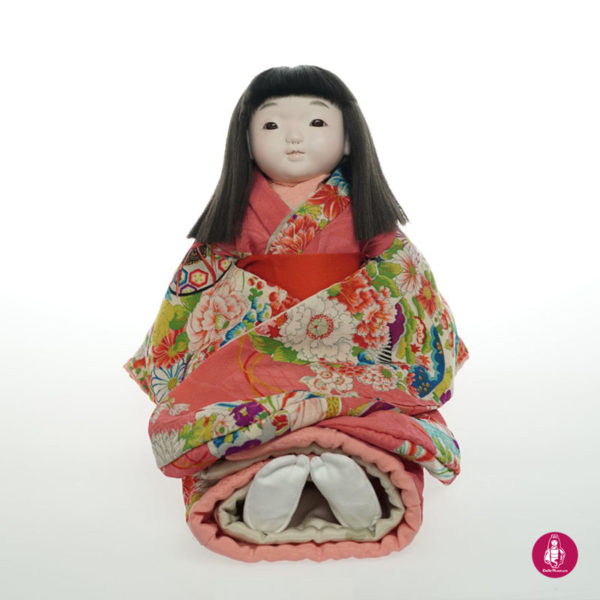
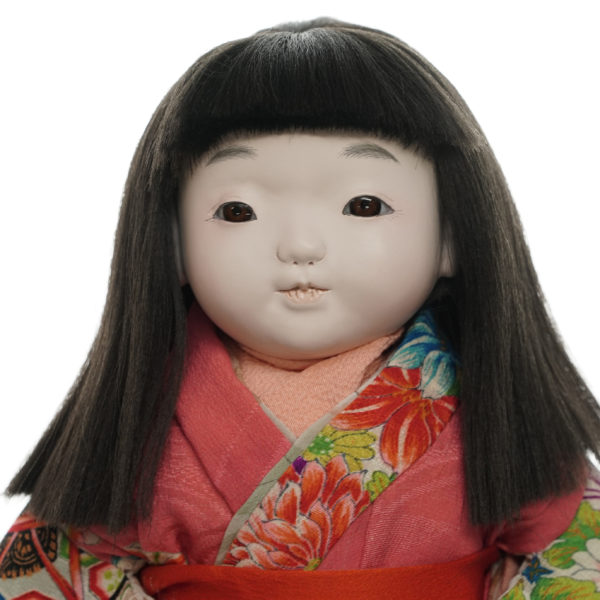

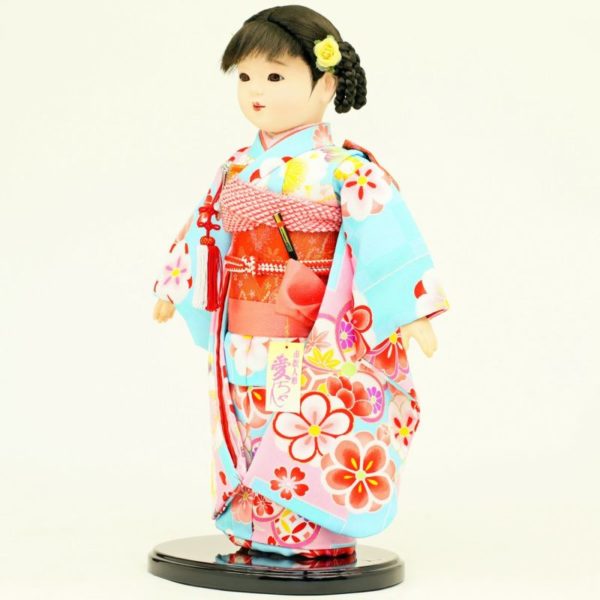
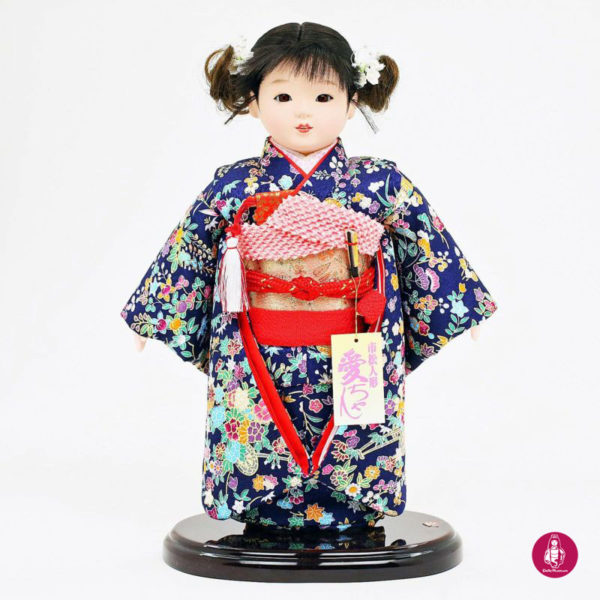
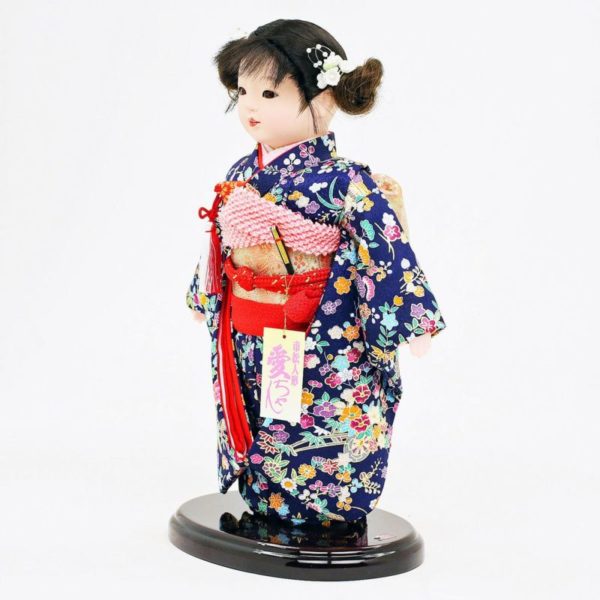
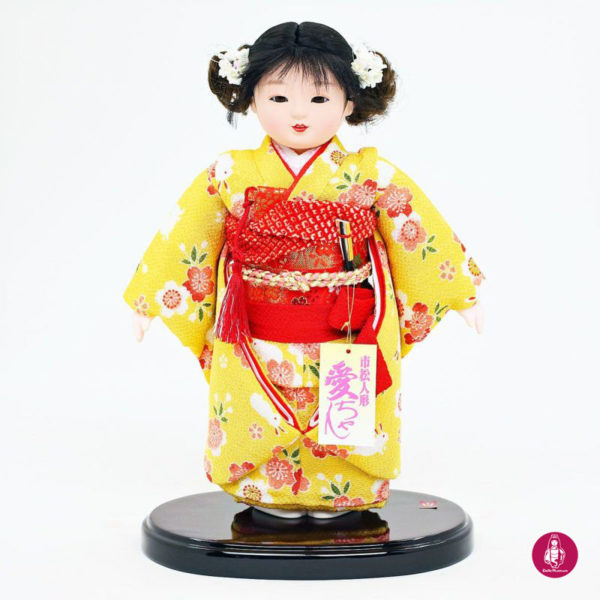
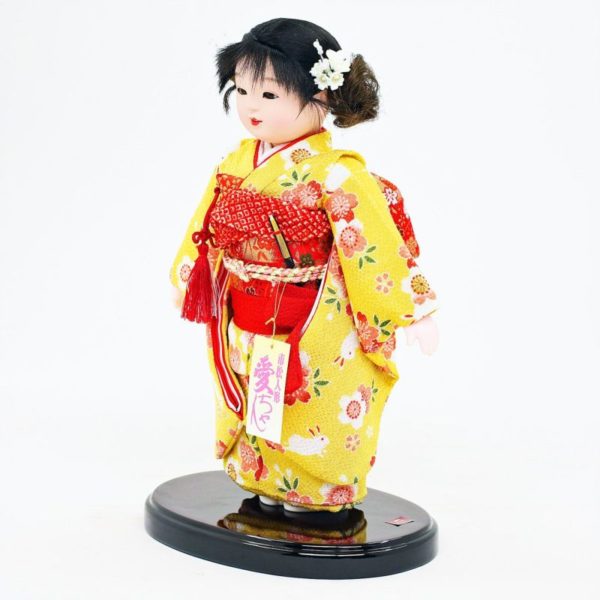
Reviews
There are no reviews yet.